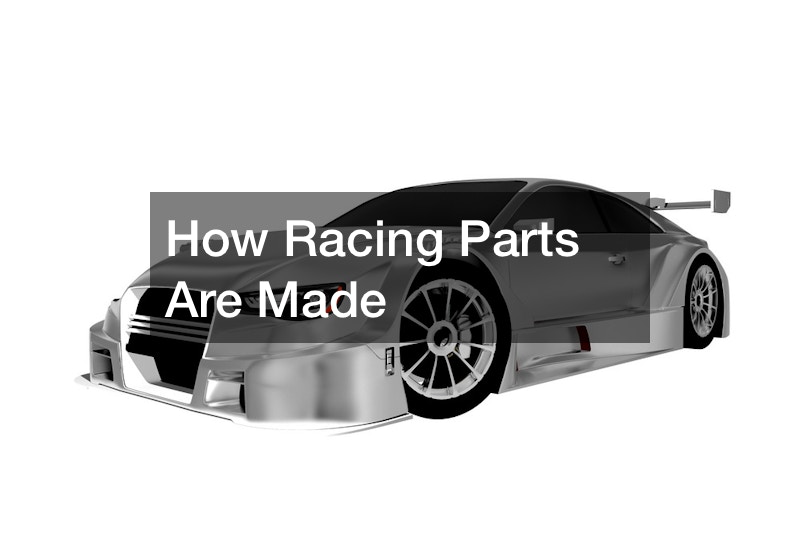Racing parts and accessories are critical components that enhance the performance and speed of race cars. The process begins with the design and engineering of the car parts. Engineers and designers utilize advanced CAD software to create detailed 3D models of the parts. They consider factors such as aerodynamics, weight reduction, and durability to optimize the performance of the components.
The next step is selecting the appropriate materials for the car parts. High-performance materials like carbon fiber, titanium, and lightweight alloys are commonly used for their strength and weight-saving properties. These materials undergo rigorous testing to meet the demanding requirements of racing applications.
Racing car parts are manufactured using specialized techniques to achieve precision and performance. CNC machines precisely shape metal parts, while 3D printers can produce complex prototypes and smaller components. Composite molding involves layering carbon fiber sheets with resin and applying heat and pressure to create lightweight and strong parts.

Racing car parts undergo stringent testing and inspection to meet high-performance standards. These tests may include stress testing, durability testing, and performance analysis to verify the parts’ reliability under extreme conditions. Racing car parts are meticulously assembled, ensuring proper fitment and compatibility with other components. Skilled technicians and engineers carefully install and integrate the parts into the race car, optimizing performance and safety. Whether it’s engines, suspension systems, aerodynamic enhancements, or other specialized components, racing parts play a crucial role in pushing the limits of speed and performance on the race track.
